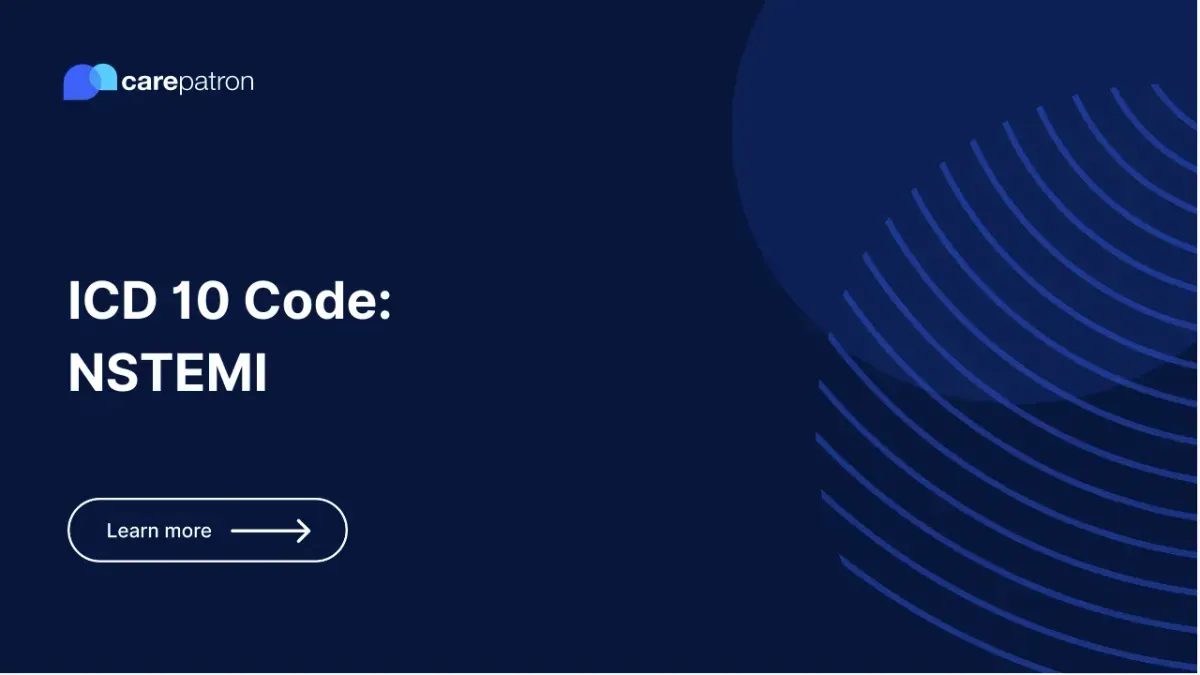
NSTEMI ICD-10-CM Codes
Navigate through the NSTEMI ICD-10-CM codes for 2025. Explore common codes, billability, and clinical information.
Use Code
Commonly asked questions
NSTEMI and STEMI are both types of heart attacks, but they differ in severity and EKG changes. STEMI typically indicates a complete coronary artery blockage, whereas NSTEMI indicates a partial blockage.
Treatment typically includes medications to prevent blood clotting and restore blood flow, along with procedures like coronary angiography and possibly revascularization.
Yes, lifestyle modifications like a healthy diet, regular exercise, quitting smoking, and managing stress can reduce the risk of NSTEMI by improving heart health.
EHR and practice management software
Get started for free
*No credit card required
Free
$0/usd
Unlimited clients
Telehealth
1GB of storage
Client portal text
Automated billing and online payments
